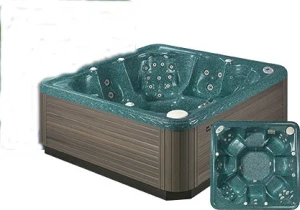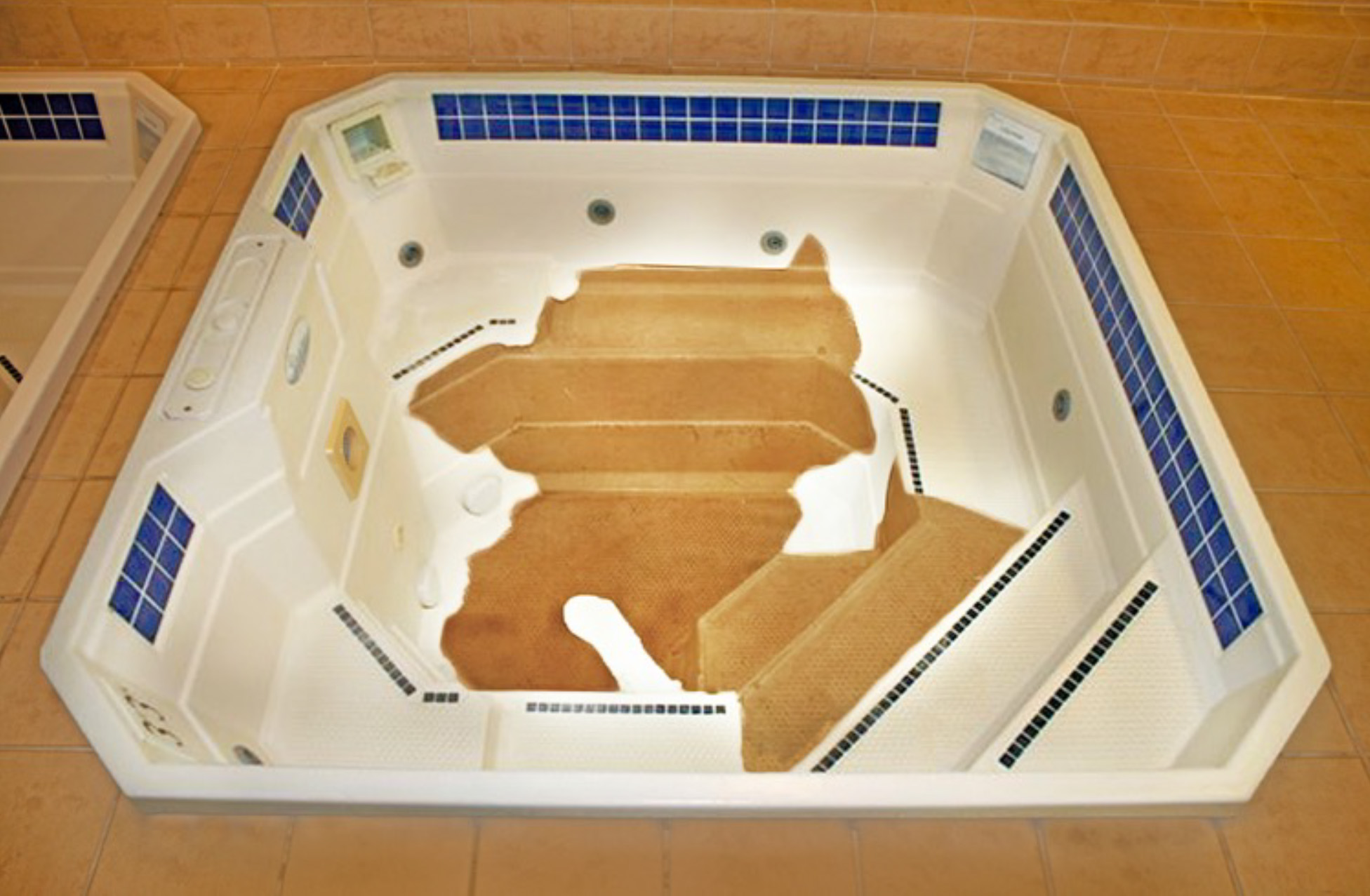Roger recently encountered a common issue many homeowners face: a crack in the radius at the bottom of an acrylic bathtub. This predicament often leads to the dilemma of choosing between an extensive repair involving an inlay replacement of the bathtub bottom or seeking a more manageable solution. The concern revolves around ensuring the repair is both effective and doesn’t compromise the bathtub’s functionality or aesthetic appeal.
While inlays represent a comprehensive solution for cracks extending into the bathtub’s flat areas, Roger’s situation, where the crack is confined to the radius, does not necessitate such an extensive approach. The crack’s location and severity play crucial roles in determining the repair method. For cracks like Roger’s, localized at the radius and not extending into critical areas, there are targeted repair techniques that can offer a permanent fix without the need for an inlay.
The formation of cracks in a bathtub’s radius often results from insufficient support or movement within the tub. To address this issue:
For detailed guidance on adding polyurethane foam for support, the blog entry “FIXING A SQUEAKY, FLEXING BATHTUB OR SHOWER” offers valuable insights.
For cracks confined to the radius:
After structural repairs, restoring the bathtub’s color to match the surrounding areas is the next step. The procedures for bathtub crack repair provide instructions for preparing the surface and applying a colored coating. For bathtubs with textured surfaces, texture additives can replicate the original finish, though leaving a small, smooth area at the repair site can be an acceptable compromise.
Roger’s scenario illustrates that not all bathtub cracks necessitate extensive inlay repairs. By evaluating the crack’s size and location, homeowners and repair technicians can opt for less invasive methods that still guarantee a satisfactory and lasting repair. This approach not only saves time and resources but also preserves the bathtub’s functionality and appearance.
For any further questions or detailed procedures, reaching out to Multi-Tech Products provides access to expert advice and solutions tailored to specific repair needs.



Find all the essential information about Multi-Tech Products, from contact details to terms of service, in our comprehensive footer section. We’re here to help you with all your surface repair needs.

Your order has been confirmed & it is on the way. Check your email for the details